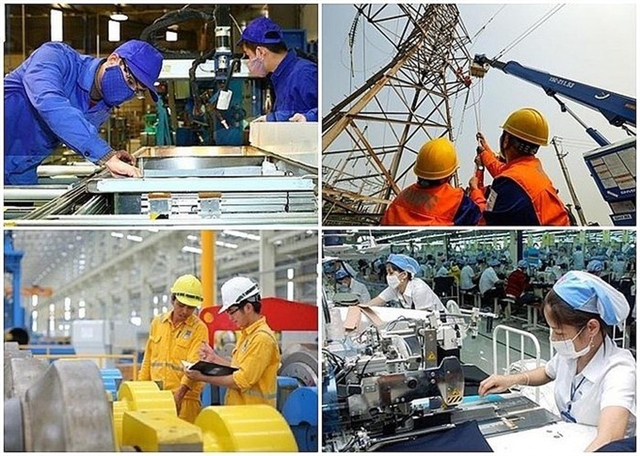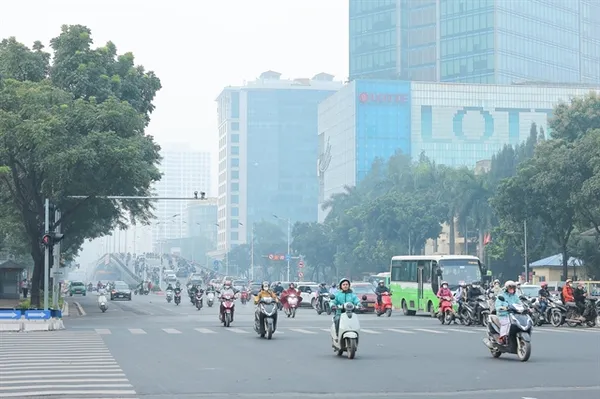 Economy
Economy

Local cement producers worry that their exported products could struggle to compete with foreign firms in term of price, a concern voiced at an online forum held in Hà Nội on Wednesday.
 |
| Inside a La Hiên Cement Joint Stock Company factory. Domestic cement producers voiced concerns over price competitiveness with VAT free imports. — VNA/VNS Photo Hoàng Nguyên |
HÀ NỘI — Local cement producers worry that their exported products could struggle to compete with foreign firms in term of price, a concern voiced at an online forum held in Hà Nội on Wednesday.
Nguyễn Quang Cung, chairman of Việt Nam Cement Association, said the cement export amount last year was reduced by 5.9 per cent from the previous year.
Notably, since the middle of 2016, the cement export prices were reduced around $10 per tonne from the end of 2015.
“Many cement producers could face risks of halting their production or bankruptcy if the Government does not create timely solutions to unknot these difficulties,” Cung said.
He added that members of Southeast Asian Cement Association in a meeting in October voiced that the tax policies could reduce Việt Nam’s cement competitiveness in the international market.
Lawyer Lê Đình Vinh, director of Vietthink Law Firm, said VAT and export tax have been indirect taxes imposed on the consumers.
“If we impose a high export tax, purchasing power will be reduced,” Vinh said.
The Government has enhanced collection of direct taxes and reduced indirect taxes, a move that has been suitable with the world’s trend and the country’s reality.
Increasing export tax has been considered against the Government’s guidelines.
Việt Nam’s cement output is expected to reach 120-130 million tonnes a year by 2020, while local consumption was estimated at 93 million tonnes, making a possible redundancy of around 25 to 35 million tonnes.
By the end of last year, the cement industry’s total designed capacity reached 88 million tonnes a year.
However, some cement projects which are expected to become operational in 2018 would bring the country’s total designed capacity to 108 million tonnes a year.
Last year, cement and clinker exports were over 14.73 million tonnes or $561 million, reducing 7.1 per cent and 16 per cent in terms of quantity and value respectively from the previous year. Philippines and Bangladesh have been Việt Nam’s two largest cement importers. — VNS




